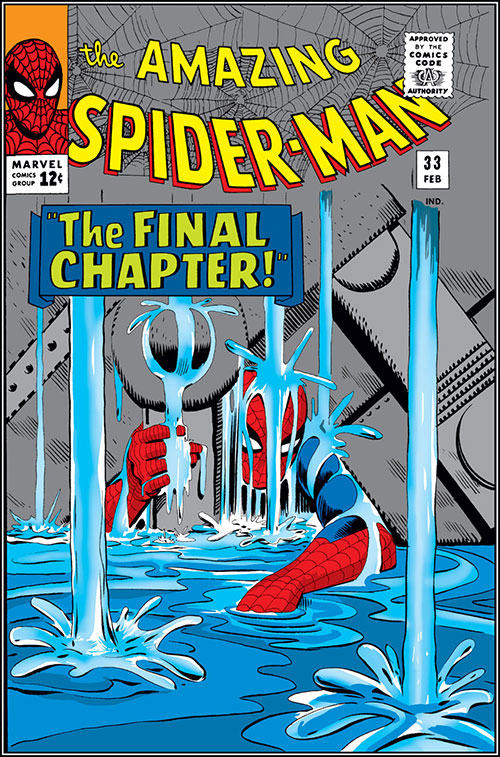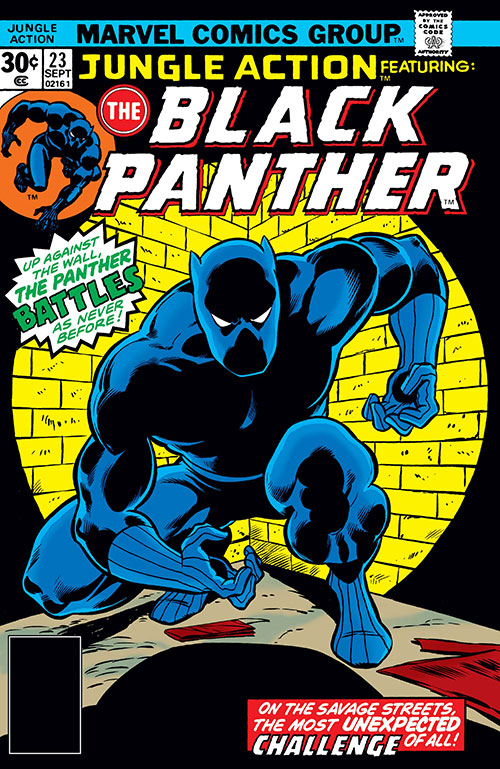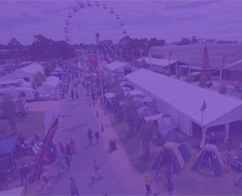
Sydney
June 22-23, 2024
Sydney Showground Olympic Park



Last week, comic book legend and cameo all-star, Stan Lee, the writer, publisher and former editor of Marvel, passed away at age 95 after seven decades in the publishing industry. Known by many for his almost infinite list of cameos in Marvel film and television productions, Lee’s contribution to the world of comics and his impact at Marvel cemented his legendary status.
After starting as an editorial assistant for Timely Comics in 1939, Lee worked his way from gofer to regular contributor throughout the 1940s. After serving in World War II in the Signal Corps division, he spent the mid-1950s scripting pulp scripts for romance, medieval, Western, sci-fi and horror stories for Timely, then widely known as Atlas Comics.
After the superhero resurgence in the late 1950s, Lee and his frequent collaborator and co-creator Jack Kirby helped define a new age of superheroes. With Lee’s flawed and morally complicated characters and Kirby’s era-defining art style, the duo delivered “Marvel’s First Family,” the Fantastic Four, based on Kirby’s previous DC creation, Challengers of the Unknown.
After the popularity of the Fantastic Four, now working under the banner of Marvel Comics, the team of Lee and Kirby largely pioneered the shared universe concept, and created a gallery of some of the most iconic heroes ever imagined, including The Hulk, Thor, Iron Man, The X-Men and Black Panther. Lee would then also co-create Daredevil with Bill Everett, and with Steve Ditko, Doctor Strange, and one of Marvel’s most popular characters, and Stan’s favourite, Spider-Man. Lee and Kirby’s greatest achievement though, may have been combining their characters for the team-title, The Avengers.

Not only did Lee co-create some of Marvel’s staple-characters, he also helped define Marvel’s approaches to story and character treatment, and even the publication practice industry-wide. Lee introduced credit panels for pencillers, inkers, and letterers in comic books, as well as news on Marvel staff and characters in the Bullpen Bulletins page, which would also host his monthly column, Stan’s Soapbox, where he provided his commentary on the issues of racism, bigotry, discrimination and prejudice. Lee’s writing system became known as “The Marvel Method” and allowed writers and artists to produce stories at a rapid rate.
From the late ’70s onwards, Lee became the public face of Marvel Comics, making the move to film and television executive producer in the ‘80s, and stepping away from Marvel in the early ’90s. He would form his own production company in 2001, POW! Entertainment. As the popularity of comic book film and television adaptations increased, Lee became a household name courtesy of his cameo appearances in many Marvel television and film productions.
His contribution and impact on storytelling within the superhero genre cannot be denied. Whether you read the comics or watched the movies, the world will miss Stan Lee. His legacy lives on through his characters and his stories, which are still changing the world now. Excelsior!
Mallrats
While this isn’t the first Lee cameo, Kevin Smith perhaps pioneered Lee’s impact on how much kudos his appearance can bring to the big-screen feature. Possibly his longest cameo appearance, this sees Lee starring as himself, delivering some sage romantic advice and answering some risqué questions from the main character, Brody.
Big Hero 6
This one’s so heartwarming and endearing due to how delightful and unexpected it is. Many people forget that Big Hero 6 is a Marvel property, and considering how standalone it fits within the Disney world, they can be forgiven. In true post-credits style, this features Lee as the father and secret superhero to Frank, as the two bond over their shared laundry habits, or lack thereof.
Guardians of the Galaxy Vol. 2
Maybe the best of Lee’s cameos? The clip below speaks for itself.
Ant-Man & The Wasp
It was hard to narrow this list down. Both Iron Man cameos win on creativity. The Avengers quick cameo is perhaps the most artful and meta. However, for sheer comic timing and tongue-in-cheek humour, this wins one of our last spots. After Lee’s character witnesses his car shrink, the comic legend delivers a one-liner that’s both self-aware and a tad mischievous.
Age of Ultron & Deadpool
Okay, there’s a good reason for the tie. We can talk about our favourite cameos for hours, but these two must win, by virtue of being the favourites of the man himself. The answer changes a bit depending on the interview, but these two always seem to be the top two.
The Coming of Galactus – Fantastic Four #48 – #50
The seminal story of Marvel’s first family. Introducing Galactus and Silver Surfer, this three-part issue is renowned as one of the defining comic arcs of the Silver Age.
 Spider-Man No More – Amazing Spider-Man #50
Spider-Man No More – Amazing Spider-Man #50
The duo of John Romita Sr. and Lee delivered one of the defining twists in the Spider-Man ethos, as Peter Parker hangs up his suit and web-shooters by retiring from super-heroism. It of course wasn’t the end for New York’s friendliest wall-crawler, but the crisis of faith was a nuanced and tragic beat for the character which would define his spirit for the years to come; despite being overwhelmed and haunted by his failures, Peter Parker cannot give up.
The Final Chapter – Amazing Spider-Man #33
While we’re on defining moments in the Spider-Man ethos, we also can’t overlook this issue which sees Peter almost within an inch of being crushed alive under a pile of rubble. Both Ditko’s artwork and Lee’s inner monologue capture Spidey’s spirit and will. The moment was recently and perfectly captured in Spider-Man: Homecoming.
The Incredible Hulk #1-6
A tricky character from his inception, in these first six issues of The Incredible Hulk, Lee and Kirby defined the character as horror figure, closely leaning on the Dr Jekyll and Mr Hyde homage. Their experimentation with the character would set the framework for how to treat Bruce Banner and his alter-ego for years to come.
The Silver Surfer #1-18
After creating Silver Surfer in the pages of Fantastic Four, the cosmic hero became a favourite of Lee’s. With beautiful art from John Buscema, Lee delivered a sincere statement on the superhero genre.
Spider-Man
The character who defined an era and still Marvel’s most successful and popular offering. What makes Spider-Man so engaging and human are his grassroots, and the fact that he’s a teenager at the beginning of his crime-fighting career. Peter Parker saw Lee and Marvel aim their stories at teenagers with a unique and relatable character. He was so popular that after his debut in Amazing Fantasy #15 and that title’s later cancellation, his debut series, which replaced Amazing Fantasy, quickly became Marvel’s top-selling title, even surpassing the Fantastic Four! Way to go, Spidey!
 Black Panther
Black Panther
The first mainstream black superhero, King T’Challa’s cultural legacy cannot be overlooked on this list, especially after the gargantuan success of the 2018 film starring Chadwick Boseman and directed by Ryan Coogler. Lee helped bring T’Challa into the world by initially featuring the protector of Wakanda in an antagonistic role against the Fantastic Four in issue #52. He would later be revealed as a misunderstood avenger who would go on to become a key member of The Avengers in later years.
X-Men
Perhaps the most famous superhero team in popular culture, the X-Men were a new telling of the superhero mythos via their mutant origins with the prejudice surrounding their genetics serving as a mirror to our real world’s ugly history with discrimination and bigotry. The box-office success of the 11-film franchise, with three more on the way, speaks volumes to how the world has connected with the X-Men.
Fantastic Four
What Reed, Susan, Johnny and Ben represented was a flawed, human and recognisable incarnation of the superhero in a family who fought as hard as they loved. Kirby and Lee’s work on the Fantastic Four helped define a new era of superheroism and comics books, ushering in the Silver Age.
Daredevil
Lee and Bill Everett created a character equal parts limited and super, in street vigilante by night, blind lawyer by day, Matt Murdock. The first superhero with a disability to carry his own series, the Devil of Hell’s Kitchen also saw Lee create Kingpin. Another universe away, the Teenage Mutant Ninja Turtles were created as an homage and parody of Daredevil, with the four reptiles gaining their powers from the same accident that blinded Murdock. If you’re sensing a common thread through his characters, of Lee writing heroes for the marginalised and disenfranchised, you wouldn’t be the only one, and perhaps that’s why his works have left such an indelible mark on so many people.






